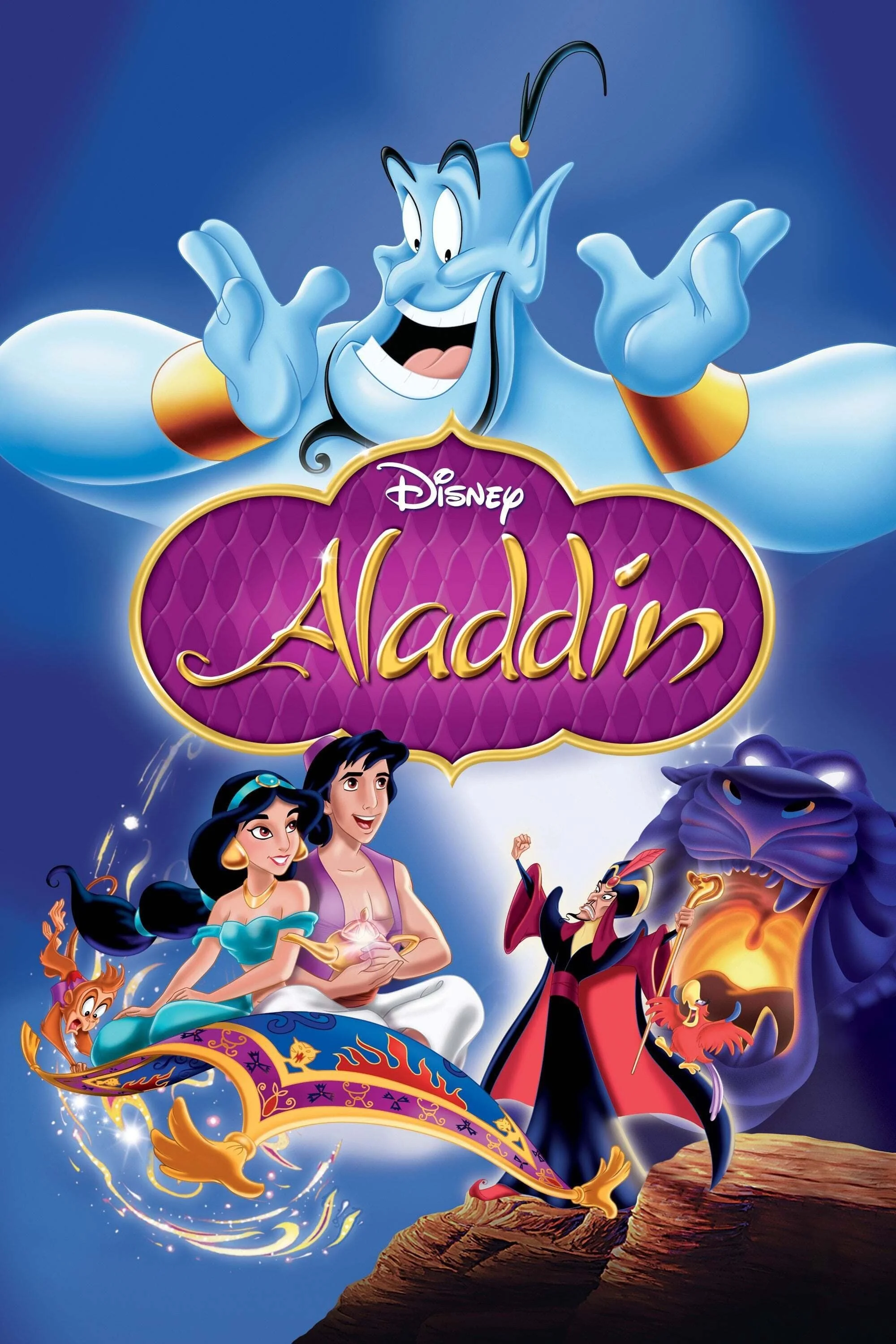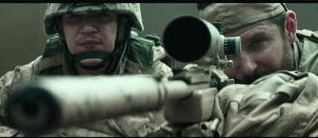Film: Aladdin (1992)
Aladdin (1992) is an animated Disney film that follows the adventures of a young street urchin named Aladdin, who discovers a magical lamp containing a genie capable of granting wishes. With the help of the genie, Aladdin attempts to win the heart of Princess Jasmine while facing off against the evil sorcerer Jafar.
Arabian Nights’ song lyrics changed after receiving push from public. Here are the lyrics to “Arabian Nights,” as they were on the theatrical release:
Oh, I come from a land, From a faraway place, Where the caravan camels roam, Where they cut off your ear, If they don’t like your face, It’s barbaric, but hey, it’s home.
The revised lines are: Where it’s flat and immense, And the heat is intense, It’s barbaric, but hey, it’s home.
The film analysis of Aladdin reveals how certain aspects of the movie contribute to negative stereotypes and problematic representations of Muslims. Firstly, the formal analysis focuses on elements like cinematography, sound, editing, and mise-en-scène. In Aladdin, the vibrant and exotic animation style creates a romanticized portrayal of the Middle East, potentially reinforcing stereotypes. The musical score combines Middle Eastern-inspired melodies with Broadway-style compositions, which may contribute to a superficial understanding of Muslim cultures. The fast-paced editing style maintains an entertaining narrative but lacks nuance in portraying Muslim characters and themes. The overall visual design amalgamates various cultural elements, resulting in a fictionalized representation that perpetuates preconceptions. Secondly, the ideological analysis examines how the film represents social values and beliefs. Aladdin has been criticized for perpetuating Orientalist stereotypes and erasing authentic Muslim representation by casting non-Muslim voice actors. Finally, the narrative analysis evaluates the storytelling techniques. Muslim characters are often sidelined or lack substantial development, limiting the opportunity to challenge stereotypes. Themes of identity, love, and personal growth are explored but overshadowed by exoticization and romanticization. In conclusion, Aladdin reinforces harmful stereotypes and representations of Muslims and Islam. Hollywood needs to challenge these negative portrayals and promote authentic and diverse Muslim representation for a more inclusive society.
Film: Iron Man 3 (2013) Scene: Iron Patriot On The Job
Iron Man 3 (2013) is a superhero film where Tony Stark, aka Iron Man, faces off against the Mandarin, a powerful terrorist. Alongside his ally Colonel James Rhodes, who dons the armor of Iron Patriot, they must join forces to confront the imminent danger and save the world from destruction.
In the scene "Iron Patriot On The Job" from Iron Man 3, we analyze how Muslim women needing saving are portrayed. We look at different elements like how the visuals and cinematography reinforce stereotypes or challenge them. The sound design, including dialogue and background sounds, is evaluated to see if it supports victim narratives or provides more nuanced perspectives. The editing style is analyzed to see if it makes Muslim women appear powerless or if it empowers them. We also examine the setting and visual design to see if it perpetuates stereotypes or presents Muslim women as complex characters. The analysis explores whether the scene reinforces or challenges stereotypes of Muslim women and if they are shown as victims or as having agency and resilience. Finally, we consider the importance of including intersectional perspectives like race, gender, and religion to acknowledge the complexity of Muslim women's identities. In conclusion, it is important to have authentic and diverse portrayals of Muslim women that challenge stereotypes, recognize their agency, and provide nuanced representations.
Film: American Sniper (2014)
American Sniper is based on the autobiography of Navy SEAL Chris Kyle, known as the deadliest sniper in American history. In his memoir, he brags of slaying 160 Iraqi “savages” during his four tours in Iraq after the 2003 U.S. invasion. His quotes:
“I only wish I had killed more,” Kyle wrote in his book, adding “I loved what I did…it was fun. I had the time of my life.”
He confessed, “I don’t shoot people with Korans – I’d like to, but I don’t.”
American Sniper, directed by Clint Eastwood, provides an opportunity to examine how Muslims are portrayed and negative stereotypes are reinforced in Hollywood movies. This analysis focuses on the film's formal elements, ideological perspectives, and narrative choices to understand its depiction of Muslims and its impact on public perceptions. In terms of formal analysis, we look at cinematography, exploring whether the visuals contribute to reinforcing negative stereotypes about Muslims and the Middle East. Sound design is also examined to understand how it shapes the portrayal of Muslims and Islam and whether it perpetuates harmful stereotypes. Additionally, the editing style is assessed to see if it influences biased or one-dimensional portrayals of Muslims. Ideological analysis delves into the stereotypes perpetuated in American Sniper, particularly portraying Muslims as universally violent or the enemy. The limited perspective, centered on the American protagonist, also hampers the representation of diverse Muslim experiences. The narrative analysis focuses on the characterization of Muslims, noting if they are depicted as one-dimensional adversaries or threats. The examination of character development, or lack thereof, helps understand the film's portrayal of Muslims. Additionally, the themes and messages explored in the movie are assessed for their intersection with the representation of Muslims and Islam. In conclusion, American Sniper reinforces negative stereotypes and offers problematic depictions of Muslims. By analyzing the formal elements, ideological perspectives, and narrative choices, we recognize the need to critically engage with media to challenge and combat such stereotypes. Advocating for authentic and diverse Muslim representation in Hollywood becomes crucial in countering biased narratives.


